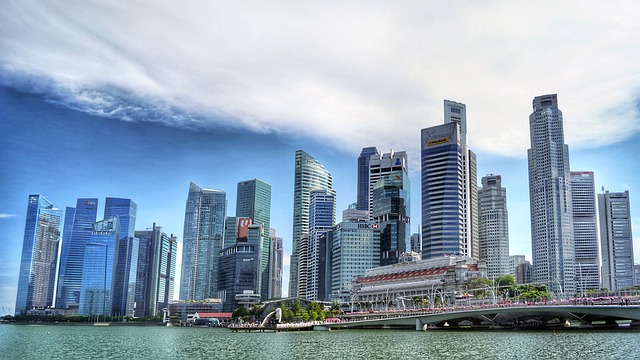The Tour de France is just about the most grueling cycling race in the world! A spectacle that has thousands of live and virtual fans, the Tour De France is a cultural statement that belies a deep passion for sports and the fervor surrounding it.
Founded over a century ago by Henri Desgrange, the Tour de France was initially conceptualized as a newspaper promotion. It became legendary in no time and today, it is a 3-week long, demanding race course, with cyclists traversing every region of the nation. The thrill of the race, the scenic beauty of the locations and the morale and camaraderie that exists among the racers and fans is unparalleled!
1.Cycling Back in Time
The very first tour held in 1903 pitted cyclists against each other to race over 2,500 km divided into six segments! The race was day and night and at the time, it was almost physically impossible to beat those set of circumstances without the right gear. However, not only did the race go on; it became the rage!
The Tour de France is so famous today that it adds a prologue to the main cycling event. This is a chance for fans and cyclists to come together at one location and have the opportunity to learn more about the shared love for cycling.
Unlike the older system, the newer system for the Tour is divided into daily segments known as ‘stages’ where races are still intense but with the added challenges of riders pitted against the clock as well. Winners of individual stages win prizes but the defining factor is the time spent from the start of the competition.
2.Time Trials and Fitness
The time trial stages are physically difficult and require the right nutrition to pull off! It is a battle between the individual racers and the clock and while the cyclist may have a position at the start, getting ahead is all about conserving energy and managing to finish the race in one piece!
Professional cyclists possess a physique that has an optimum ‘strength to weight ratio’. So food-wise, participants can only have just about enough to help their bodies deal with the intense efforts required to cycle long distances.
The math says it is roughly about 10,000 calories a day that keeps these guys going!
Of course, unsubstantiated information in the media portrays performance enhancing drugs to be part of an endurance sportsman’s world but this is largely false at least in the case of Lance Armstrong, a seven time Tour de France winner. Lance used to train daily—sometimes up to six hours a day for many years—and his body adapted to his endurance needs, time and time again.
3.No Trivial Challenges
The Tour de France is not an easy event by any means. The terrain is roughly divided into flat, medium and mountain. Each of these terrains have their own set of challenges but the landscape encompasses such natural beauty that it could only be a thrill to ride, even if not for the prize.
Stages on these terrains are pre-selected by organizers and are sometimes intended to be grueling enough in terms of climbing and descending—this is a real test of endurance; it’s tricky to cycle up and it’s probably thorny to cycle down when you’re on a mountain. It takes great skill to navigate with wheels across surfaces that one doesn’t usually encounter when going out cycling!
When watching the race on T.V, you may have noticed a rider with a distinctive yellow jersey; he or she is the ‘maillot jaune’—basically the leader of the current race.
When a cyclist climbs and descends difficult stages with aplomb he or she successfully completes a separate category called the “King of the Mountain”! You can spot this rider wearing a distinctive red polka-dot jersey.
The hors category is the most difficult climb—these involve an elevation change of at least 300 meters; not easy at all.
The final stage of the Tour de France is an impressive segment because the scenic setting is, along with the Champs-Elyeeses, symbolic and significant in Paris.
So while skilled cyclists sometimes have an edge sometimes on the basis of their equipment or tricks, the winner is usually someone who has mastered control over their body!





Related Post
10 Best Places to Visit in April Outside India – Where Will You Go Next?
Places to Visit in January, February and March (2025)
Best countries to visit in December To Chill
Europe - A Great Romantic Getaway
Backpack through the Lesser Known Places in Europe
Top 10 Winter Destinations to visit in Europe
Europe Travel Guide
7 Best Reasons You Go on Family Vacation to Europe
12 Interesting Facts About Europe You Never Knew
10 Most Affordable European Countries